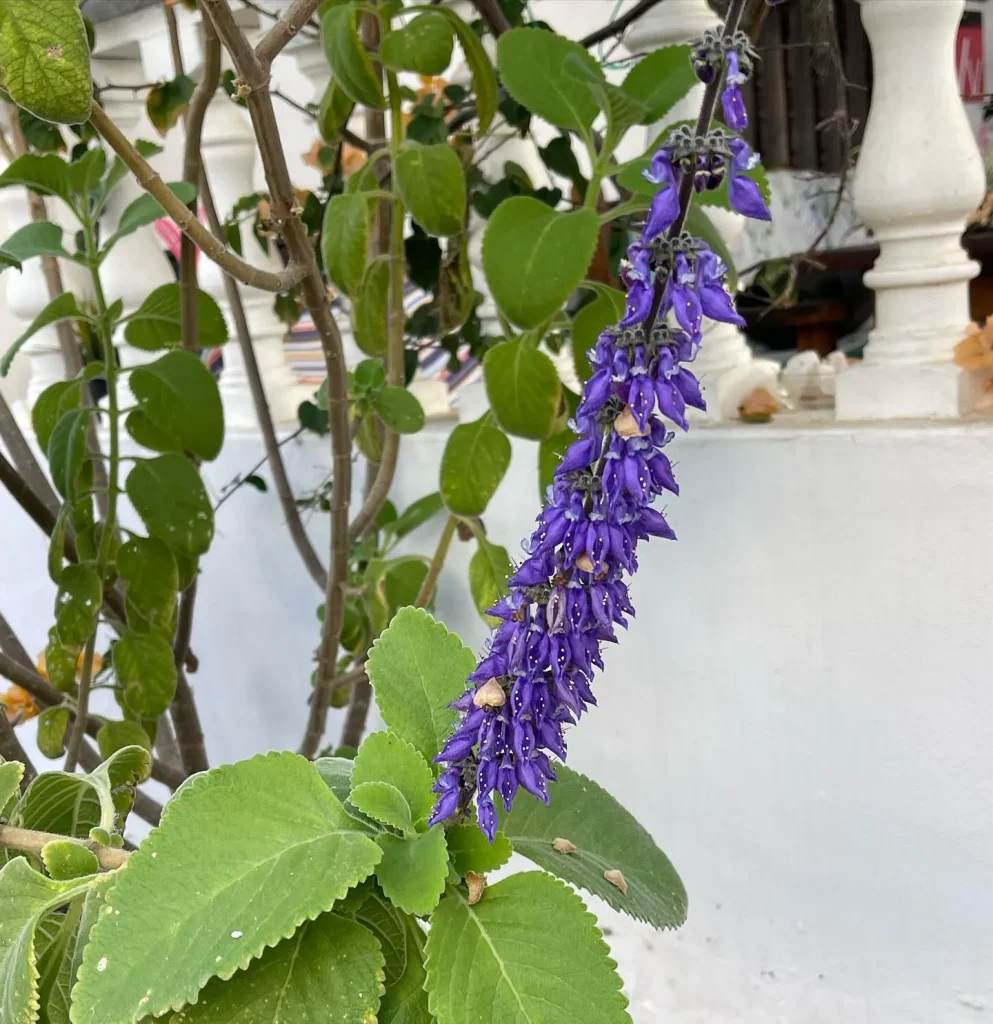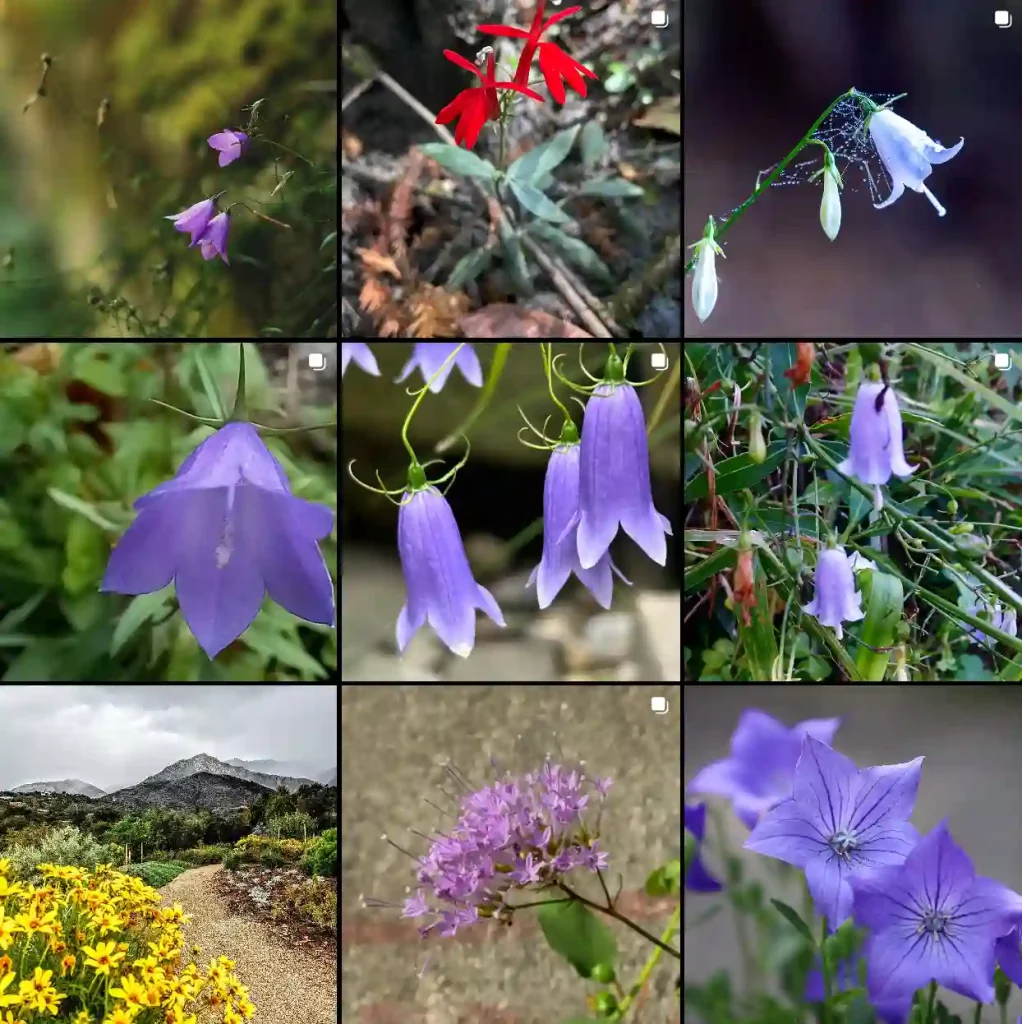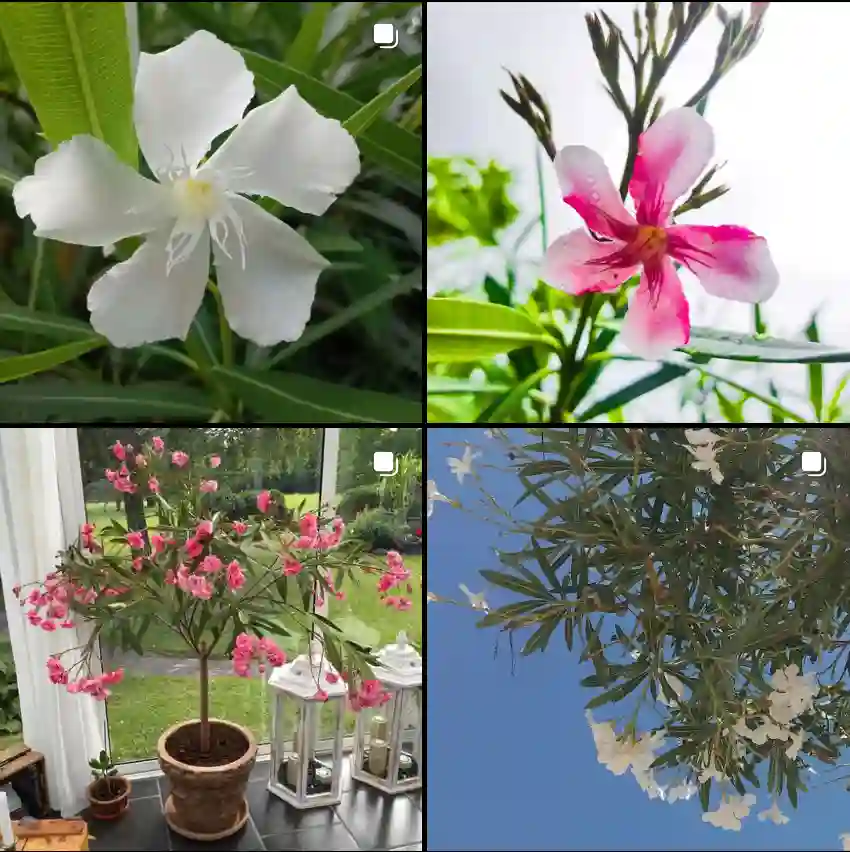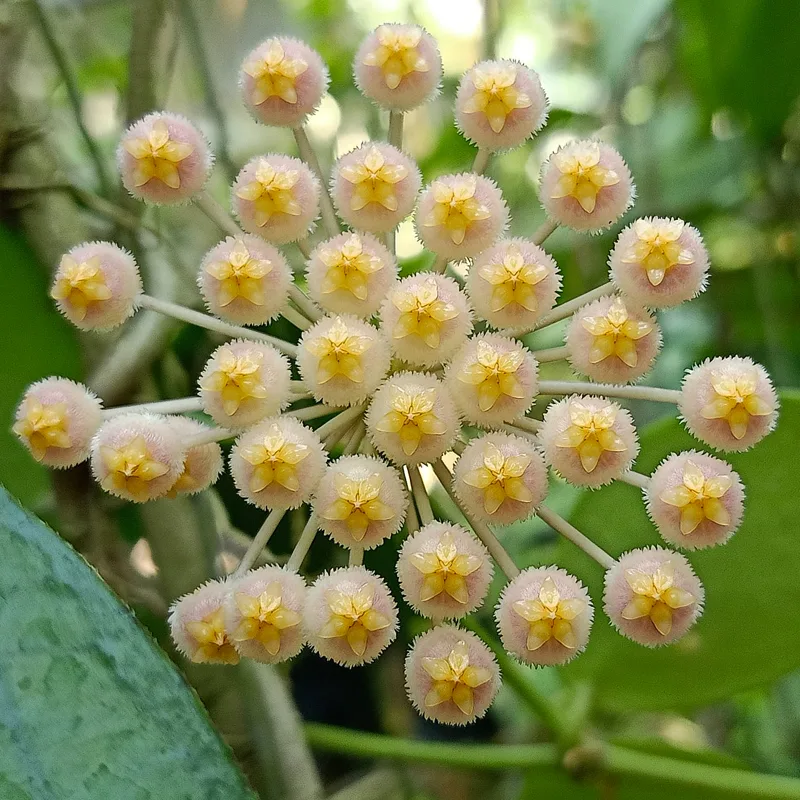Exploring the Cynomoriaceae Family: A Closer Look at Cynomorium
As a plant enthusiast, I have always been fascinated by the diversity of plant families and their unique adaptations. One family that recently caught my attention is Cynomoriaceae, particularly its sole genus, Cynomorium. This family is small yet intriguing, and I’m excited to delve into its characteristics, habitats, and significance.
Understanding Cynomoriaceae
Cynomoriaceae is a family of flowering plants characterized by its unique morphology and ecological role. The genus Cynomorium consists of various species, most notably Cynomorium coccineum, commonly known as the bloodroot or cynomorium. This plant is a true oddity within the plant kingdom. Unlike most flowering plants, Cynomorium has a distinctive parasitic lifestyle, relying on other plants for sustenance.
What intrigues me about this family is its evolutionary history. Cynomorium is often found in arid and semi-arid regions, particularly in North Africa and parts of the Mediterranean. Its adaptation to these harsh environments is a testament to the resilience of life. The plants often thrive in sandy or saline soils, showcasing their remarkable ability to survive where many other plants would struggle.
The Unique Morphology of Cynomorium
Cynomorium exhibits several distinctive morphological features that set it apart from other plants. One of the most striking characteristics is its appearance. The plant typically has a thick, fleshy stem that can reach up to 30 cm tall. The stem is usually unbranched and has a reddish-brown or purplish hue, which gives it an almost alien look. This unique coloration is not only aesthetically pleasing but also serves as a form of camouflage in its natural habitat.
Another fascinating aspect of Cynomorium is its flowering structure. The flowers are small, tube-like, and often clustered together at the top of the stem. They lack the traditional petals we associate with most flowers, which adds to their uniqueness. Instead, Cynomorium flowers are surrounded by bracts that can be quite colorful, attracting pollinators despite their simplicity.
Ecological Role and Habitat
Cynomorium is primarily a parasitic plant, which means it depends on the roots of host plants for nutrients. It commonly associates with various species of grasses and other herbaceous plants. This relationship is not without its complexities; while Cynomorium benefits from its host, it can also weaken them over time. This balance between parasitism and the host’s health is a fascinating area of study for botanists.
The habitats where I have observed Cynomorium flourishing are often harsh, yet they exhibit a certain beauty. I recall visiting a sandy dune area in southern Tunisia, where these plants were scattered among clumps of grass. The contrast of the vibrant red stems against the dull sand created a striking visual that stayed with me long after I left. It’s remarkable how such a seemingly simple plant can thrive in challenging conditions while contributing to the ecosystem.
Medicinal and Cultural Significance
Beyond its ecological role, Cynomorium holds a special place in cultural practices and traditional medicine. In various cultures, particularly in North Africa, Cynomorium has been used for its medicinal properties. It is believed to possess various health benefits, including anti-inflammatory and aphrodisiac effects. While I haven’t personally explored its medicinal uses, I find it intriguing how a plant that thrives as a parasite can also be a source of healing.
Moreover, Cynomorium has been woven into the fabric of local traditions. In some areas, the plant is harvested for use in traditional rituals, symbolizing resilience and the interconnectedness of life. It’s always inspiring to see how plants like Cynomorium contribute to cultural identity and practices.
Conservation Concerns
Despite its unique adaptations, the Cynomoriaceae family faces conservation challenges. Habitat loss due to urbanization and agricultural expansion poses a significant threat to its survival. As someone who values biodiversity, it is disheartening to witness the impact of human activity on such unique species. Conservation efforts are crucial to ensure that Cynomorium and its habitats are protected for future generations.
Conclusion
In my exploration of the Cynomoriaceae family and its sole genus, Cynomorium, I have gained a deeper appreciation for the complexities of plant life. From its unique morphology to its ecological role and cultural significance, Cynomorium is a remarkable example of nature’s ingenuity. As I continue my journey through the plant kingdom, I look forward to learning more about this family and advocating for its conservation. Every plant tells a story, and Cynomorium is no exception—it’s a testament to resilience, adaptation, and the intricate web of life that surrounds us.
If i die, water my plants!



